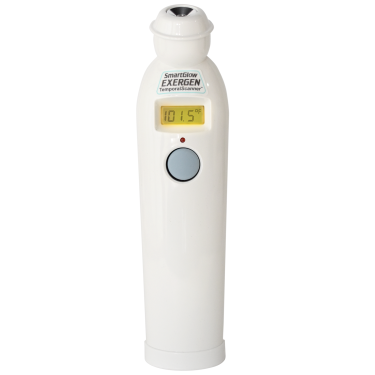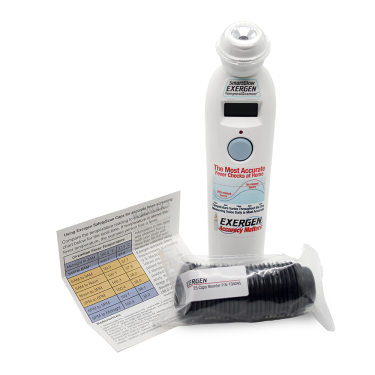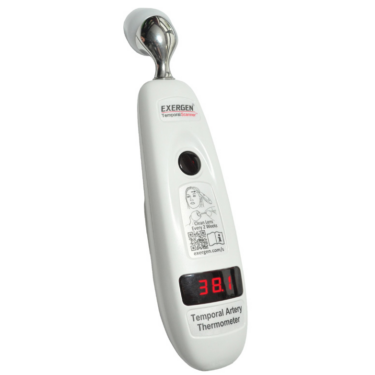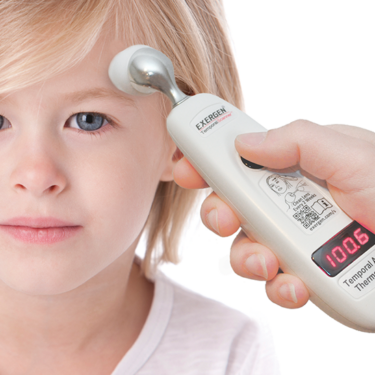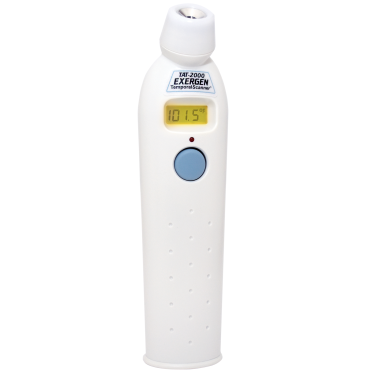As the 2025–2026 respiratory season approaches, COVID-19 is expected to play a significant role. According to the CDC, hospitalizations this season could be like or even higher than last year’s rates especially if a new variant emerges. To put it simply this means the virus could evolve in ways that make it harder for the immune system, even after vaccination or previous infection, to recognize and fight it.
There are several factors that will shape what happens over the fall and winter. First, how active COVID-19 was during the summer and does it have momentum. Second, if there is a new variant, it could drive up cases and hospitalizations. Finally, vaccinations, who gets them, and their effectiveness. This will be critical in determining how much protection the population has against severe illness.
During the last three years, COVID-19 has shown a pattern with waves in the summer and the winter. For example, the large summer wave in 2024 may have softened the blow during the following winter, thanks to increased natural immunity.
Modeling suggests two possibilities this season. First, if no significantly new variant emerges, hospitalization peaks could range from 3.8 to 5.9 per 100,000 people. Second is if a moderately immune-resistant variant takes hold, that number could climb to between 6.7 and 9.5 per 100,000, peaking in January.
How to Protect Yourself?
To stay protected, healthcare professionals recommend keeping up with your COVID-19 boosters, wearing masks in crowded or indoor spaces, testing if you feel sick, good hygiene, and improving indoor ventilation.
Since fever is one of the symptoms, it is important to take regular temperature checks with thermometers. For example, Exergen’s TempoTherm or TAT-2000C Temporal Artery Thermometer especially for consumers, is accurate, fast, reliable, easy to use, non-invasive, and requires just a gentle swipe across the forehead by softly touching it.
The best way to protect yourself and your family is to stay informed, take care of yourself, and keep an eye on what variant is emerging.
Source,
Exergen P/N 850541
